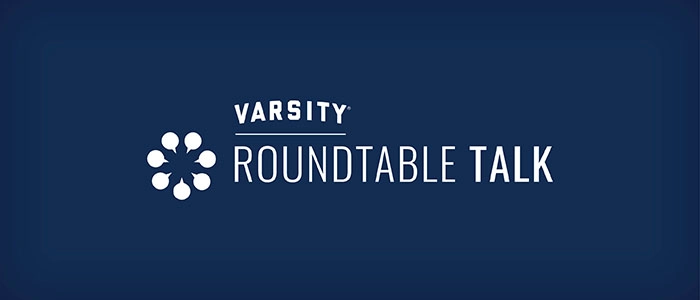I’m Ellie Weaver. I’m an account strategist at Varsity, and I’m addicted to “The Golden Bachelor.”
Why is it that a 20-something like me never misses an episode of the new ABC show focused on finding love for a 71-year-old?
At the risk of sounding cheesy, I find the show inspiring. As a young woman, it often feels like I have a ticking clock over my head, which isn’t helped by the questions I get constantly: “When are you getting married? Don’t you want to? When are you giving us grandkids?” (Maybe that’s just my mom.) That being said, it’s nice when you can get the perspective of “The Golden Bachelor,” where the main message is that there’s no time limit on love, and all of the women (and Gerry, of course) are full of renewed hope for love in their future. This message hits differently coming from people of their age and just feels genuine. I’m not alone in my age group in watching. According to The Hollywood Reporter, “The Golden Bachelor” has hit 9 million viewers and almost quadrupled its rating among adults 18-49.
Helping Older Adults Be Seen
I love the way that the show is changing perceptions of aging, showing the contestants as whole people and vibrant romantic interests, rather than stereotypes of who or what a senior “should” be. That’s super important, because seniors, especially women, are often stereotyped as mothers/grandmothers and marginalized. As one contestant, Joan, said, “As you get older you become more invisible. People don’t see you anymore. Like you’re not as significant as when you were young.”
Romance Has No Age
Every week, “The Golden Bachelor” and one of the women go on a romantic one-on-one date. They mix these one-on-one dates with group dates, where Gerry and a handful of the contestants do a group activity, like a pickleball tournament. Besides looking like they’re all having a total blast on these dates, it shows that fun and romance are possible at any age.
On that note, the show doesn’t shy away from its raunchier moments that are on par with your standard Bachelor or Bachelorette season. As Susan quipped in the first episode, “I’m very comfortable with six inches” — in reference to her sky-high heels, of course. But I think that serves a greater purpose, too, that your sex life doesn’t stop when you turn 60, and that seniors are looking for love and passion the same way all people are. Ellen said it best in the first episode: “Everyone’s entitled to love and be loved.”
Girl Talk Over Halo Top
It’s not all romance, though. There are lots of scenes in the women’s downtime, where you can tell they have just as much fun with each other as they do on their dates. When they played a game of “Never Have I Ever” over ice cream, it felt like hanging out with a group of your best girlfriends. A lot of people who may have preconceived notions of what seniors “should” talk about will be blown away by the women of “The Golden Bachelor” swapping stories of their wildest sexcapades over pints of Halo Top.
Sharing the Grief, Too
Grief is also a prominent theme of the show. Gerry mentions his late wife often, and you can tell how much she is still a part of him. Many of the contestants have also experienced losing a partner, and they readily open up to Gerry about their grief. It’s an important representation to see, as I’m sure many seniors feel stuck in an in-between place after the loss of a spouse, not ready to let go and move on. I hope that viewers see themselves in these experiences and feel like they’re not alone.
Up Next: My Analysis of The Finale!
My favorite match for Gerry, Ellen, has already left the show in a rose ceremony, but I am still eagerly awaiting the finale. Stay tuned for this millennial’s analysis of the final episode of “The Golden Bachelor” that reveals Gerry’s perfect match!
